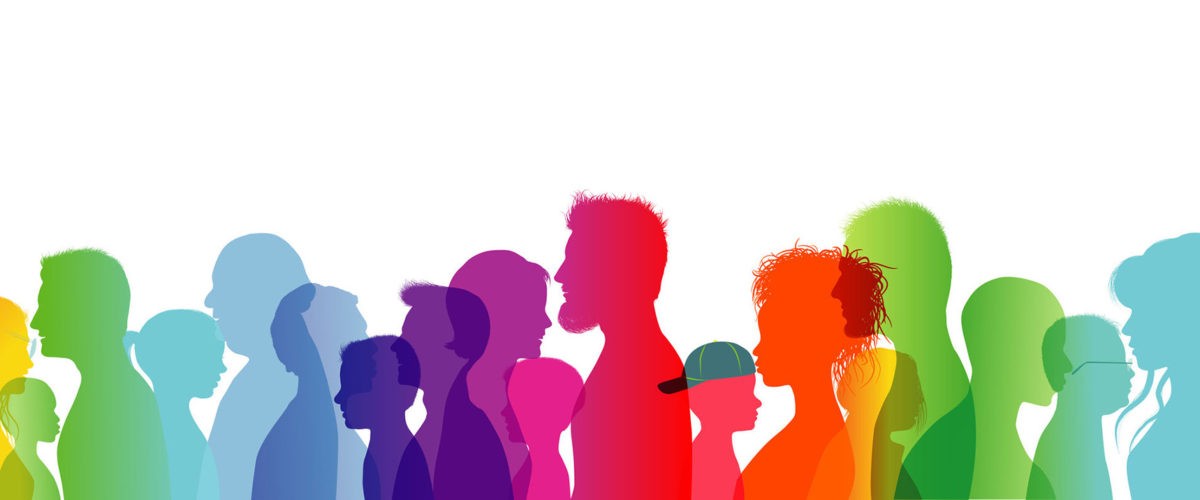Multiracial churches are growing in the U.S., which may seem like a good thing. Unless you are Black.
“Almost three in 10 Black practicing Christians in a multiracial church (29%) say they have experienced racial prejudice on some level,” the Barna Group reported in a release titled “Do Multiracial Churches Offer Healthy Community for Non-White Attendees?”
The article presents the results of focus group and survey research conducted by Barna in cooperation with the Racial Justice and Unity Center and sociologist Michael O. Emerson, co-author of Divided By Faith: Evangelical Religion and the Problem of Race in America, published in 2001.
The researchers noted that the goal of racial diversity shared by a growing number of U.S. churches may offer little in the way of a solution to the rising tide of racial injustice under way in American society.
And that’s especially the case given the treatment African Americans and other ethnic groups said they have encountered in those “multicultural” sanctuaries almost always led by whites. “Christians of color often face barriers to sharing their opinions, whether as a congregant or leader,” Barna said.
“Christians of color often face barriers to sharing their opinions, whether as a congregant or leader.”
This is a phenomenon that is becoming increasingly widespread as churches actively seek diversity in their pews.
A 2020 study by Baylor University sociologist Kevin Dougherty and other scholars focused on churches in which no one racial or ethnic group makes up more than 80% of the congregation.
“We do see this slow-but-steady rise in the percentage of congregations in the United States characterized by racial diversity — about one in four Americans attend a multiracial congregation,” Dougherty said in a Baptist News Global article published in December.
A study by the Hartford Institute for Religion Research found the trend is particularly noticeable among megachurches.
“We’ve known for some time that the larger the church, the more likely it is to be racially diverse, but the growth in racial diversity in megachurches is now of headline-making character,” authors Warren Bird and Scott Thumma said in “Megachurch 2020: The Changing Reality in America’s Largest Churches.”
“Two decades ago, only 21% of megachurches were multiracial, but that it not true any longer. More than half of them (58%) report being multiracial today, defined as having 20% or more minority presence in their congregation.”
But Dougherty said he and his colleagues did not determine if racial diversity translates into multiracial relationships within diverse churches: “Just because people are worshiping in multiracial spaces does not mean they are on the forefront of racial justice.”
“More than one-quarter of Black practicing Christians feels pressured to give up part of their racial or ethnic identity in a multiracial church.”
That is a point confirmed in the Barna study, which found that authentic relationships in multiracial church settings are difficult to establish: “More than one-quarter of Black practicing Christians feels pressured to give up part of their racial or ethnic identity in a multiracial church (27%) and finds it difficult to build relationships here (28%).”
Barna noted that the original racial makeup of congregations may influence those experiences. “Multiracial churches are often previously predominantly white churches that have made an intentional effort to become more diverse. Some of these churches have mostly white leadership.”
The survey found that a quarter of multiracial church leadership teams is no less than 75% white, while 12% are totally white.
“As a result, the existing norms, traditions, preferences and structures of the church have not significantly changed — except people of color are invited to join,” Barna said. “This invitation often comes with an expectation, explicit or implicit, that people of color also assimilate, or fit in, by embracing songs, styles, messages, structures and communities which may be very different from those in their own racial and ethnic culture or previous church tradition.”
“The existing norms, traditions, preferences and structures of the church have not significantly changed — except people of color are invited to join.”
Focus group interviews revealed that people of color often alter their dress, speech and other behaviors to “code switch,” or mask, their ethnic identity in predominantly white settings. That’s a situation that does little for their spiritual and emotional health.
“Interviewees’ accounts show that such compartmentalization of behavior on an ongoing basis can be demoralizing or exhausting for individuals in the racial minority; in trying to fit in this way, they cannot authentically belong,” Barna reported.
Nor can they lead. Barna added that a third of practicing Black Christians, or 33%, said they have encountered difficulty moving into church leadership positions in multiracial congregations. By comparison, 16% of those who attend “monoracial” churches reported similar experiences.
And in cases where a person of color attains a leadership role, it is usually in a limited capacity. “Even if a multiracial organization brings in leaders of color, these individuals are not usually given real authority or ability to make change,” researchers found.
Barna said these issues raise a challenging question about how multiracial churches, especially as they relate to African American Christians.
“If they don’t work well for Black individuals, for whom injustices in the U.S. have been deeply felt and particularly injurious, how well do they really work?”
Related articles:
Five reasons churches should not embrace reaching a multiethnic culture | Opinion by Maina Mwaura
Contrary to what you’ve heard, study finds churches thrive with racial diversity
More churches defined as racially diverse but that doesn’t lead to racial justice work
Study: church diversity does not guarantee diverse thinking, beliefs
Pastors say worship makes difference in multiethnic congregations


